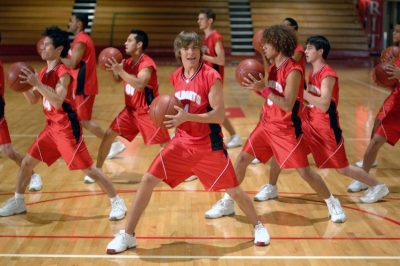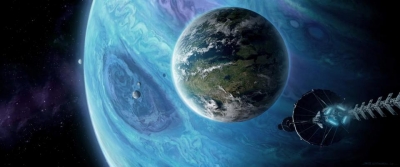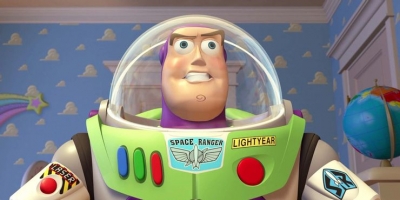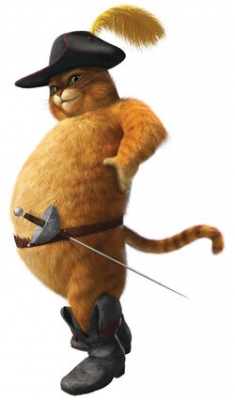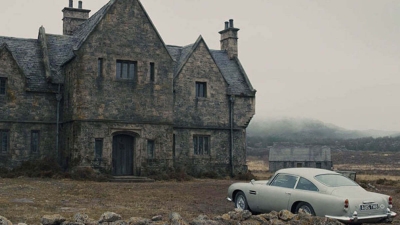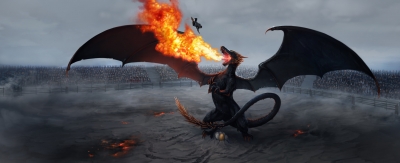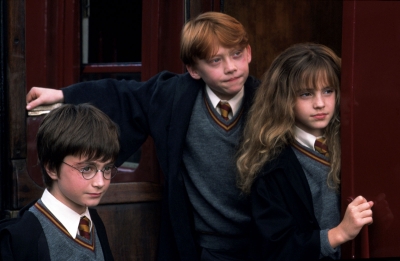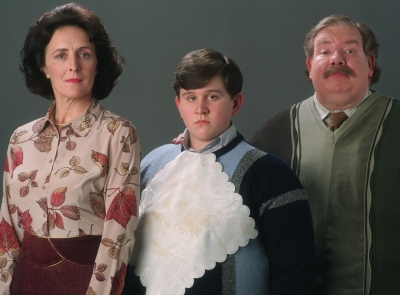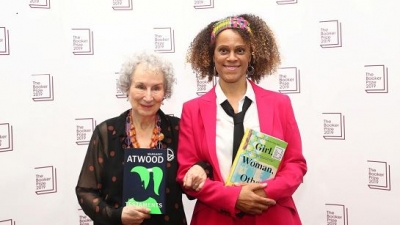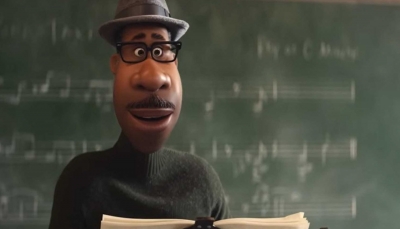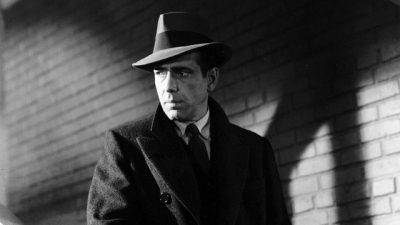What kind of dog is Marley in Marley and Me 2008?
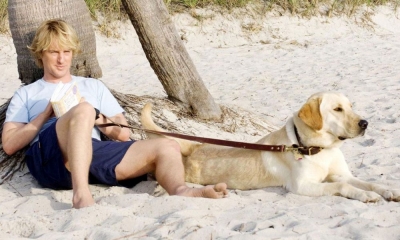
Marley & Me is a 2008 American comedy-drama film directed by David Frankel from a screenplay by Scott Frank and Don Roos, based on the 2005 memoir of the same name by John Grogan. The film stars Owen Wilson and Jennifer Aniston as the owners of Marley, a Labrador retriever. Marley & Me was released in the United States and Canada on December 25, 2008, and set a record for the largest Christmas Day box office ever with $14.75 million in ticket sales. The film was followed by a 2011 direct-to-video prequel, Marley & Me: The Puppy Years.
Because the film covers 14 years in the life of the dog, 22 different yellow labradors played the part of Marley (as revealed in the special feature Finding Marley on the DVD).
The film was shot on location in Florida's West Palm Beach, Fort Lauderdale, Hollywood, Miami, and Dolphin Stadium, in addition to Philadelphia and West Chester in Pennsylvania. The Irish honeymoon scenes were shot in and around Ballynahinch Castle, Connemara, County Galway, Ireland.
The film's score was composed by Theodore Shapiro, who previously had worked with director Frankel on The Devil Wears Prada. He recorded it with the Hollywood Studio Symphony at the Newman Scoring Stage at 20th Century Fox.
Dave Barry, Grogan's fellow South Florida humor columnist, makes an uncredited cameo as a guest at the surprise party celebrating Grogan's 40th birthday.
Picture Credit : Google
